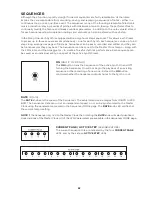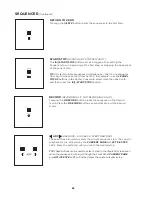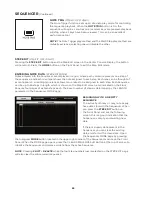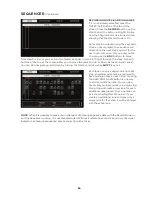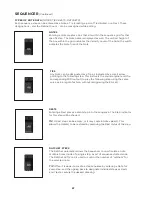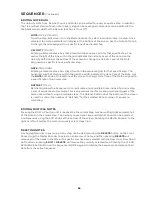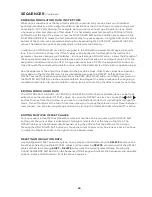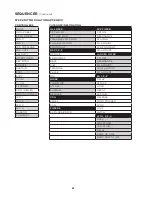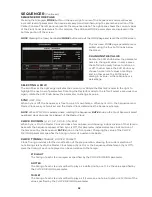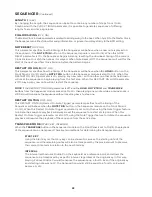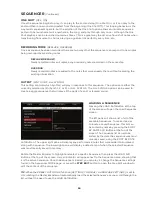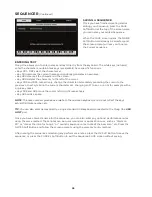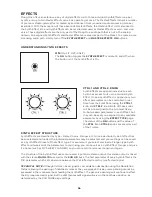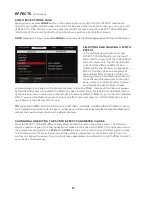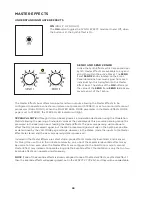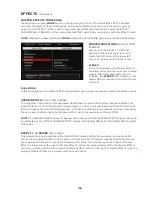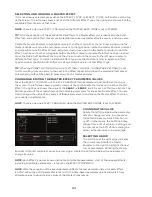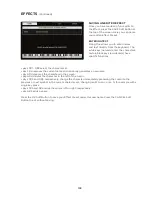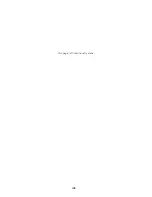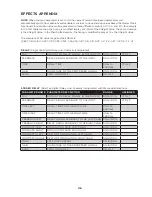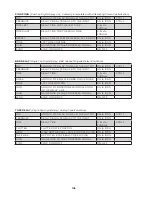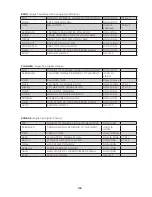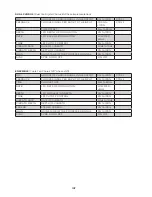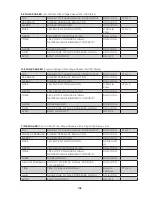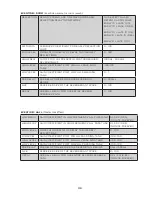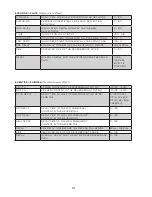
96
EFFECTS
Moog One offers an extensive array of digital effects. Up to three individual Synth Effects (one per
Synth), and up to two Master Effects can all be operating at once. The Master Effects include a number
of premium studio-grade effects created by and licensed from renowned audio processing pioneer,
Eventide®. With the exception of these Eventide Master Effects, the Master Effect List is identical to
the Synth Effect list, and Synth Effects can be recalled and used as Master Effects as well – and vice-
versa. These digital effects are the only part of the Moog One audio path that is not in the analog
domain. All assigned Synth Effects and Master Effects are saved as part of the Preset. To create a pure
all-analog audio path, simply turn off the
SYNTH EFFECT
and
MASTER EFFECTS ON
buttons.
UNDERSTANDING SYNTH EFFECTS
ON
(ON/LIT, OFF/UNLIT)
The
ON
button toggles the
SYNTH EFFECT
module On and Off; when
the button is lit, the Synth Effect is On.
CTRL 1 AND CTRL 2 KNOB
Synth Effects are applied individually; each
Synth has access to its own individual Synth
Effect. Once a Synth Effect is applied, any two
effect parameters can be controlled in real
time from the Front Panel using the
CTRL 1
knob and
CTRL 2
knob. Both of these knobs
will be pre-assigned to the two most-likely-
to-be-tweaked parameters in each Effect, but
they can be easily re-assigned to any available
parameter by using the
EFFECT TYPE
page.
The status of the
ON
button and the value of
the
CTRL 1
and
CTRL 2
knobs are saved as part
of the Timbre.
SYNTH EFFECT STRUCTURE
Synth Effects are classified by type – Delay, Chorus, Flanger, etc. Once a particular type of effect has
been selected and loaded, the individual parameters may be adjusted, and your settings can be saved
as a Synth Effect Preset of that effect type. For example, if you select and load a Flanger-type Synth
Effect and tweak all of the parameters to your liking, you can save it as a Synth Effect Flanger, and give
it a name (such as MY SWEET FLANGER) so you can recall it and reuse it again and again.
The structure of the Synth Effect uses a monoaural input and a stereo output; this stereo output is mixed
with the stereo
MAIN L/R
buss and/or the
SUB L/R
buss. The first parameter of every Synth Effect is the
MIX parameter, which sets a balance between the Wet (affected) and Dry (unaffected) signal.
TECHNICAL NOTE
: Although PAN can be assigned as a modulation destination using the Modulation
Matrix (allowing the panning of individual voices as they are played), this per-voice panning cannot be
preserved in the monoaural buss feeding the Synth Effect. The per-voice panning will continue to affect
the Dry (unprocessed) signal, but the Wet (processed) signal will rely on the Synth pan position, as
determined by the VCA MORE page settings.
Summary of Contents for One
Page 2: ......
Page 6: ...This page left intentionally blank ...
Page 103: ...103 This page left intentionally blank ...
Page 113: ...113 This page left intentionally blank ...
Page 127: ...127 This page left intentionally blank ...
Page 146: ...146 ...

